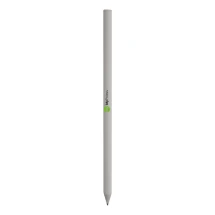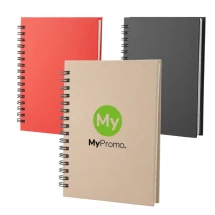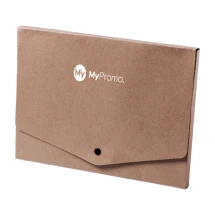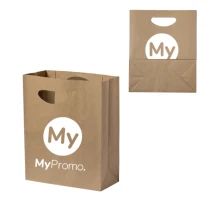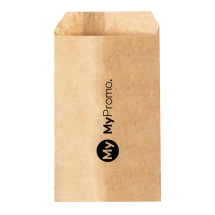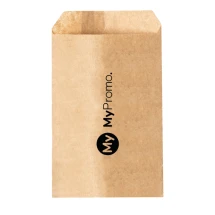Recycled paper
What is recycled paper?
Recycled paper is paper made from post-consumer waste that has been processed into new products. It plays a crucial role in manufacturing and the promotional gifts world because it promotes sustainability and resource conservation. Historically, recycled paper emerged as environmental awareness grew in the late 20th century when reducing landfill waste and conserving natural resources became a priority.
The process of sourcing and producing recycled paper begins with collecting waste paper through kerbside recycling programmes or designated collection centres. This waste is sorted to remove contaminants and then shredded. The shredded paper is pulped, de-inked, and cleaned to eliminate impurities before being blended with water to form a slurry. This slurry is processed through screens to filter out additional contaminants before being formed into new sheets of paper.
Properties and Characteristics of Recycled Paper
Recycled paper is lightweight yet strong, often with a slightly rougher texture than virgin paper. It retains ink well and is suitable for printing, writing, or packaging. Depending on its processing, it can range in thickness and colour and is often available in a neutral tone due to the de-inking process.
Common Applications and Examples
Recycled paper is used in many products, from basic stationery like writing paper and notebooks to packaging materials, business cards, and paper towels. In the promotional products world, it’s a popular material for personalised eco-friendly notebooks, gift bags, personalised calendars, and even seed-embedded paper that can grow into plants when planted. These products can be customised with branding or personal messages, appealing to environmentally conscious consumers.
Advantages of Using Recycled Paper
Recycled paper reduces landfill waste, conserves energy, and saves trees. It requires less water and energy to produce than virgin paper, reducing its carbon footprint. Many organisations prioritise recycled paper for its positive environmental impact, particularly those looking to improve their green credentials.
Comparisons and Challenges
Compared to virgin paper, recycled paper is slightly less bright due to the de-inking process but is still suitable for most printing needs. While it can be more expensive due to the extra processing, the environmental benefits often outweigh the cost. Its performance is comparable to standard paper, though occasionally the texture may differ.
Property Comparison Table:
| Property | Recycled Paper | Virgin Paper | Plastic | Metal |
|---|---|---|---|---|
| Weight | Light | Light | Light | Moderate |
| Strength | Moderate | High | High | Very High |
| Recyclability | High | High | Moderate | High |
| Environmental Impact | Low | High | High | Moderate |
What is recycled paper, and why is it important?
Recycled paper is paper made from post-consumer waste. It's important because it helps reduce landfill waste, conserves natural resources, and has a smaller environmental impact.
Is recycled paper suitable for printing?
Yes, recycled paper is suitable for most printing needs. It retains ink well and provides a unique, eco-friendly texture for various print jobs.
How does recycled paper differ from virgin paper?
Recycled paper is often less bright and slightly rougher due to the de-inking process, while virgin paper is typically brighter. Both can be used for similar applications.
Can recycled paper be used for food packaging?
Recycled paper is generally safe for food packaging, especially if it doesn't have direct contact with food. Specific standards and regulations may apply.
What are the main environmental benefits of using recycled paper?
Using recycled paper reduces the demand for new raw materials, conserves energy and water, reduces greenhouse gas emissions, and helps keep waste out of landfill.
